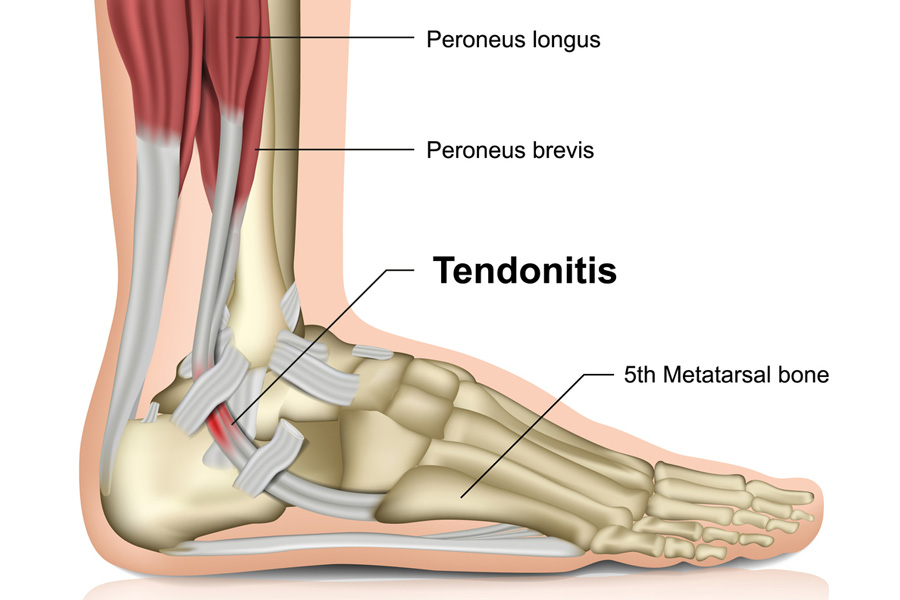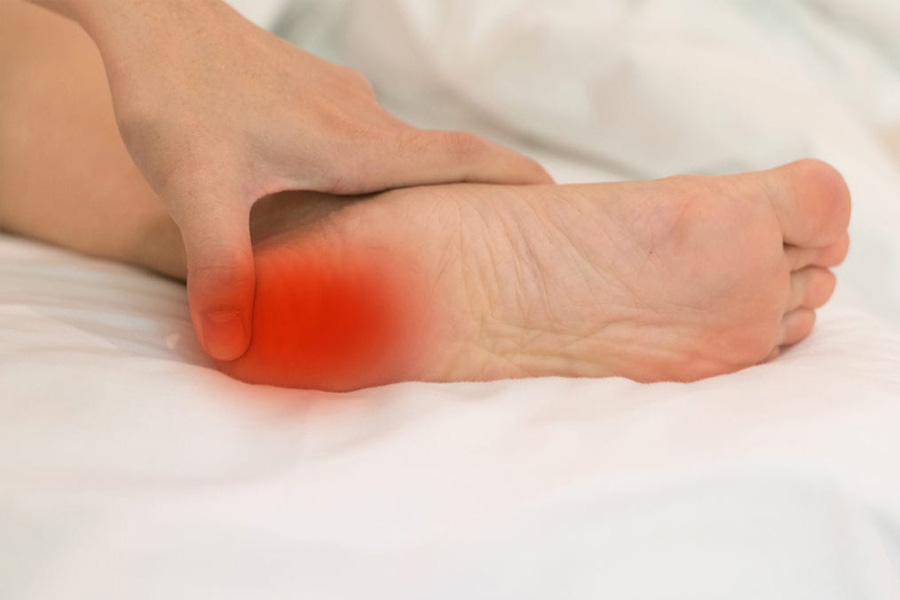
Peroneal tendonitis is a debilitating condition that can cause persistent inflammation, pain, and difficulty in movement. The most commonly affected joints are the ankles and heels due to their frequent use for walking or running activities. Peroneal tendonitis is more common among adults who have gone through physical traumas like trauma resulting from intense activity or sports injuries, extended rest periods after surgery, as well as those with underlying health issues, such as diabetes and arthritis.
Let’s talk about what causes this condition, how it can be prevented, and where you can go for the treatment of this condition in Cincinnati, OH.
Causes of Peroneal Tendonitis
Some of the main causes of peroneal tendonitis include repetitive stress on the tendons, overuse of the ankle joint, sudden changes in physical activity, and poorly fitting shoes. These factors can cause small tears in the tendons, leading to pain, stiffness, and swelling. If left untreated, peroneal tendonitis can result in chronic ankle instability, which can significantly impact an individual’s overall quality of life. Therefore, it is essential to seek early treatment to avoid long-term complications.
Who is Most at Risk for Developing Peroneal Tendonitis
While anyone can develop this condition, certain factors can increase the likelihood of developing peroneal tendonitis. Athletes who participate in sports that involve repetitive ankle motions, such as running, jumping, or tennis, are at a higher risk. People with high arches, flat feet, and tight calf muscles are also more prone to peroneal tendonitis. It is important to pay attention to any signs of pain or discomfort and to seek medical attention if you suspect you may have this condition.
How to Identify the Signs and Symptoms of Peroneal Tendonitis
Peroneal tendonitis can be caused by a sudden injury, repetitive strain, or overuse of the foot and ankle. If you are experiencing pain or discomfort in the area around your ankle, paying attention to the signs and symptoms of peroneal tendonitis is important. These may include swelling, tenderness, and stiffness or tightness in the ankle. You may also notice a clicking or snapping sensation when you move your foot. By recognizing these symptoms early on, you can prevent further damage and seek appropriate treatment to help alleviate your pain and discomfort.
Diagnosis and Treatment Options for Peroneal Tendonitis
A proper diagnosis is crucial to ensure you receive the appropriate treatment options for peroneal tendonitis. Treatment options can vary depending on the severity of your symptoms but can include rest, supportive footwear, physical therapy, and in more severe cases, surgery. It is important to seek medical attention if you suspect you may be experiencing peroneal tendonitis, as early diagnosis and treatment can help you get back on your feet quickly.
Preventing Peroneal Tendonitis Through Proper Foot Care and Exercise
Fortunately, there are preventative measures that can be taken to avoid developing this condition. Proper foot care and exercise are crucial in maintaining healthy tendons. Making sure your shoes fit properly, avoiding high-impact activities on hard surfaces, and engaging in strengthening exercises can all work together to reduce your risk of developing peroneal tendonitis. Don’t let foot pain hold you back; take care of your feet and keep moving forward.
Peroneal Tendonitis Care in Cincinnati, OH
At Cincinnati Foot & Ankle Care, our 19 highly qualified podiatrists treat people who wish to remain strong and confident in their daily activities and sports too. At 18 area locations, our team delivers patient-focused, individualized care plans which really work.
To arrange an in-person consultation, call the clinic nearest you or request your appointment online.




